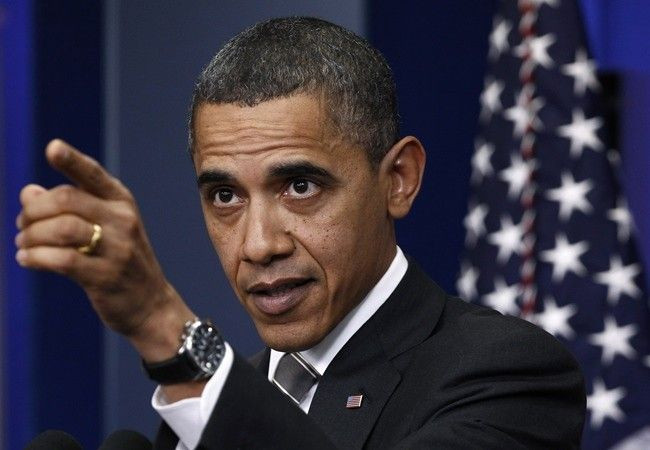New export control policy to face tough challenges: GAO report

The new export control policies proposed by the Obama administration may address some previously identified weaknesses but leave many more open, a report by the Government Accountability Office (GAO) said on Thursday.
The Obama administration proposed to relax rules related to exports earlier this week, in a bid to help U.S. exporters as the White House attempts to double exports over the next five years.
The U.S. currently has a massive trade deficit, particularly with China, which is one of the largest exporters in the world. China's Ministry of Commerce said on Wednesday that the main reason for U.S. trade deficit was its restrictions on high-tech exports to China, rather than the Chinese currency, as the U.S. has been stating.
It is estimated that only 7 percent of China's high-tech imports, in terms of value, are from the U.S., according to Xinhua, the official press agency of China.
However, some of these exports could prove to be a security risk if they got into the wrong hands.
Agencies have taken actions to address several weaknesses in the U.S. export control system that we previously identified and the Administration's export control reform initiatives have the potential to address others if fully implemented, the GAO report stated.
However, for a few areas, such as developing measures of effectiveness for the arms export control system, agencies have not addressed some of our prior findings and the reform framework does not contain specific initiatives to address them, it added.
The report added that there could be certain challenges in implementing fundamental reform of the export control system like reaching an interagency agreement on which items need to be controlled and getting congressional approval for implementing these reforms.
The Obama administration has been attempting to further streamline export control policies since August 2009, when the President directed a review of the export control system.
In April 2010, a proposal was made under which the current system would be streamlined to a single export control list.
In September this year, the President announced that about one-third of the current export control list would be pruned in a bid to tighten national security, which was cheered by many defense companies but made security experts wary.
If implemented, it would boost exports of many companies that deal in defense material, technology or aerospace-related goods.
However, sanctions are expected to remain in place for countries such as Iran and Cuba.
The review report pointed out several loopholes in the administration of the current export control list, including creating a 'single task force' to create new export control criteria.
Each control list is expected to be revised to clearly delineate items controlled under it. It would be divided into three tiers, based on the types of items and how much control the government needs over them.
However, this procedure requires co-operation between the Commerce, State and Defense officials.
So far, the task force has reached agreement on only one of these categories -- tanks and military equipment -- after several months of effort, the GAO report stated.
Some of the remaining categories, such as satellites and optical equipment, are among those that Commerce and State have disagreed on which control list certain items belong. Given this, reaching agreement under the new tiered system may take considerable time and effort, the report added.
The proposal is currently open for public comment for the next two months. Experts are watching how the government will proceed, and are awaiting the final decision on the lists.
© Copyright IBTimes 2024. All rights reserved.





















